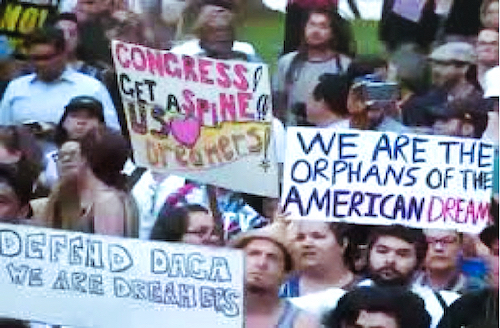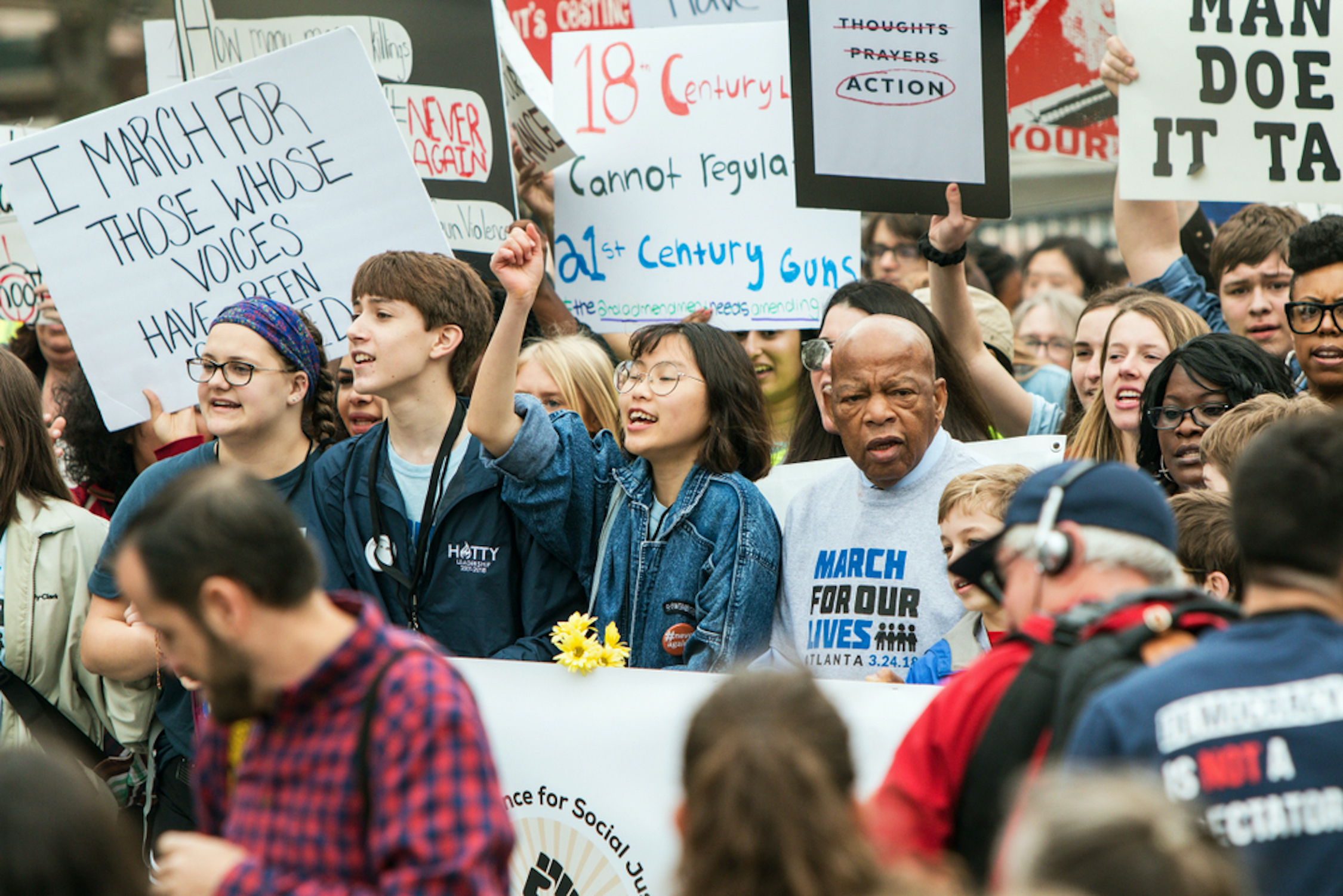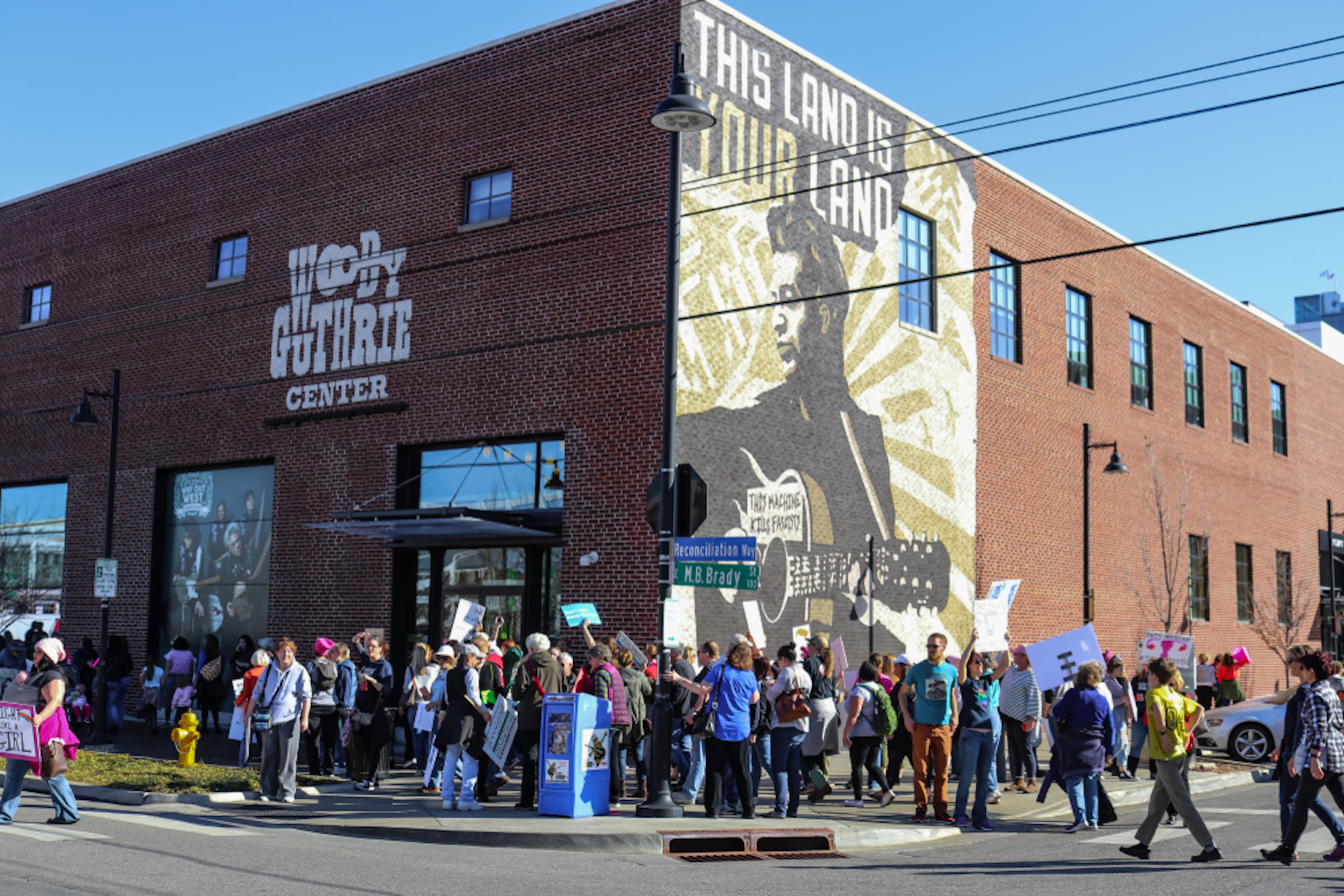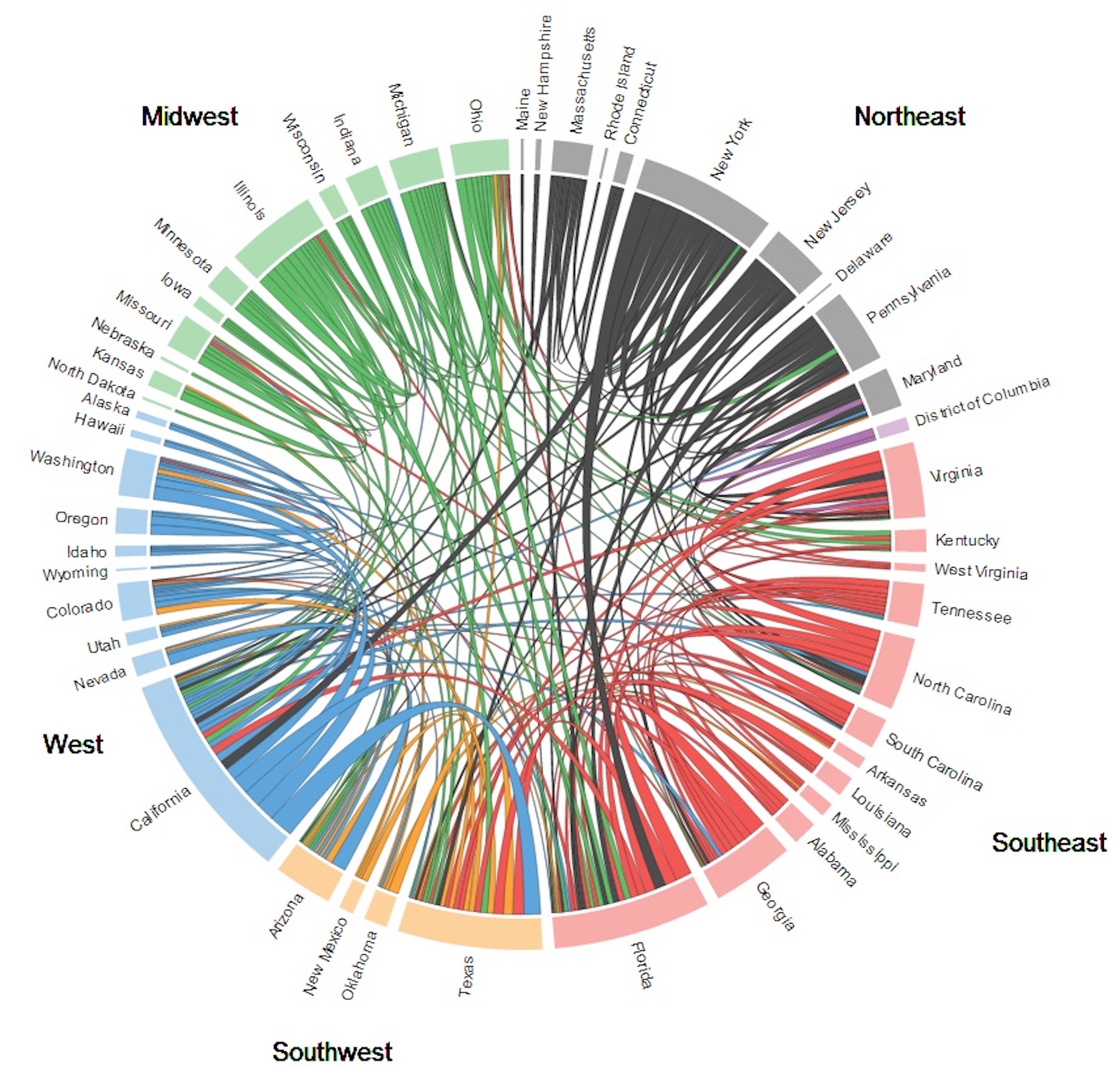Helen’s Place LLC Update: July 23, 202
Many students are voicing that the days of higher education for education’s sake are gone for most Americans. It’s just too expensive.
Some are saying that it’s no longer fair for colleges and universities to get away with graduating students without a good paying job, because we now live in a “pay for performance” world, and this applies to educational institutions as well as students.
Students know this reality, but unfortunately many colleges and universities are in self-perpetuation mode, expressed through college policies reflecting that their only performance obligation is to provide what is deemed quality, “well rounded” education.
Most colleges express no obligation to provide job placement services, or to help students pay back student loans for a period of time until they find sustainable employment, which would allow them to do so.
Additionally, a college’s idea of a quality education, may not match the job needs of companies, leading to an increased hiring of immigrants with better skills, or outsourcing jobs to other countries, instead of hiring U.S. college graduates.
As a result of living costs, overseas competition, and student loan debt, many graduates are not finding high enough paying jobs, and are piling in with parents and friends to make ends meet.
These facts have led to a crisis in higher education which could have been prevented if colleges and universities demonstrated as much care for students and society, as they do about their institutions. It’s all about where money is spent.
Currently, with a shortage of workers in our economy, more college graduates are getting job offers and/or help with student loan repayment from employers. The Biden administration is also trying to help students cancel some of their student loan debt.
However, despite these improvements, the education burden falls to graduates, parents, and society, to live in a world where students pay for an education that may or may not help them find a professional job with a sufficient salary to cover student loan debt and the cost of living.
How many students would start college, if they knew when they graduated this might happen to them?
Since most colleges and universities are not likely to change any time soon, people are searching for solutions. One suggestion is to provide the means for students, while living at home, to get two years of free college, or a trade certificate, in their junior and senior year of high school.
This could be achieved through partnerships with junior colleges to give them the skills and knowledge to make a living wage and save money, before or while they pursued higher education.
Considering the current high school and college dropout rates, as well as the college graduates returning home after college without a good paying job, it appears that many students would gain confidence and make better choices in an educational and career path, if they had experience working at a younger age, and before saddled with debt.
Since people change careers many times in a lifetime, students are realizing that it’s better to start somewhere, and change their mind later, than to defer career decisions until after high school.
Some colleges and universities might even become more responsive and cost effective if they had a shortage of students.
Additionally, educational statistical data could be collected and available for student review in high school, including the dropout rate, disenrollment rate, graduation rate and job placement rate for every college of interest.
Students would then be able to obtain answers to important questions like, “How likely am I going to get a job after graduating from this college? What will be my student loan debt load be after graduation?”
This statistical data could also be evaluated as part of a college’s accreditation for educational effectiveness as a reputable institution, along with an evaluation of how a college meets the needs in training students properly to fill higher paying jobs in the U.S.
Currently, Congress mandates that the National Center for Education, nces.ed.gov, collects educational statistics for colleges and universities, but the data collected is insufficient to evaluate how a college performs to assist students in the labor market.
Limited statistical information is also available through some of the ranking agencies like niche.com, which ranks the best 2500 colleges in the U.S. using data from the Department of Education and college reviews.
Innovative junior colleges, high schools and businesses, which are more responsive to the needs of students and business, are most likely to pressure change in higher education for the betterment of America.
Related audio/video recording:
The problem with student loan debt discussed:
YouTube, CNN, March 25, 2021, The Student Loan Debt Dilemma
Other related article you may be interested in:
Article about the lack of college costs accountability in higher education:
Forbes, June 15, 2022, “Hold Colleges Accountable for Student Loan Debt”
Article discusses whether a college education is worth the cost:
Helen’s Place LLC, November 15, 2016, “Does Higher Education Lead to Jobs or a Bridge to Nowhere?”
Your comments are greatly appreciated. Send them to Helen’s Place LLC via email to info@helensplacenet.com.









































































